Best Space Photos of the Week - Nov. 16, 2013
Two Comets Spotted by NASA Spacecraft Orbiting Mercury (Photo)
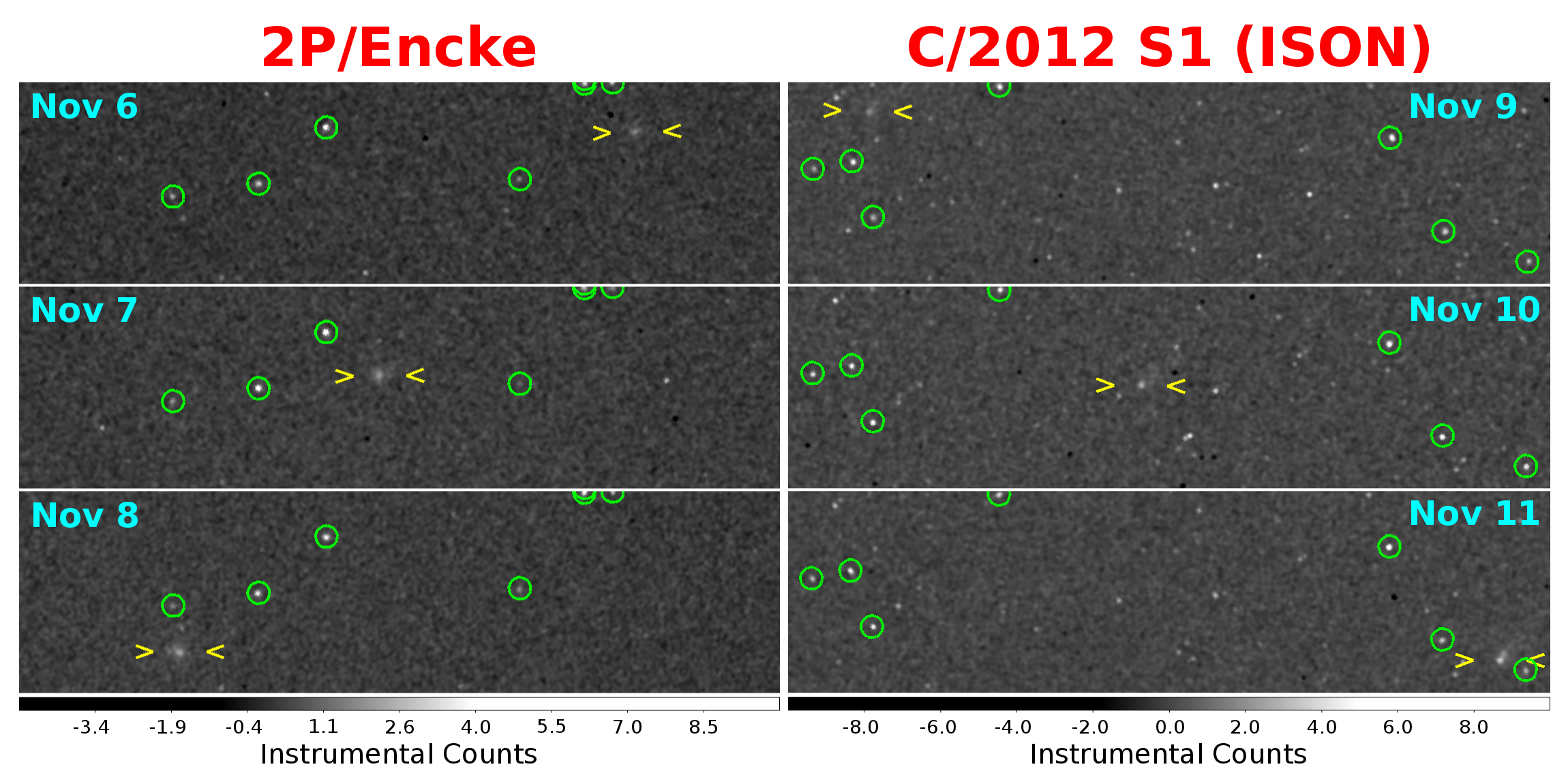
NASA's Messenger probe orbiting Mercury spotted and photographed Comet Encke and Comet ISON — two comets set to make close brushes with the sun later this month. [Read the Full Story]
Newfound Comet Lovejoy Gets Brighter as It Streaks Near Earth
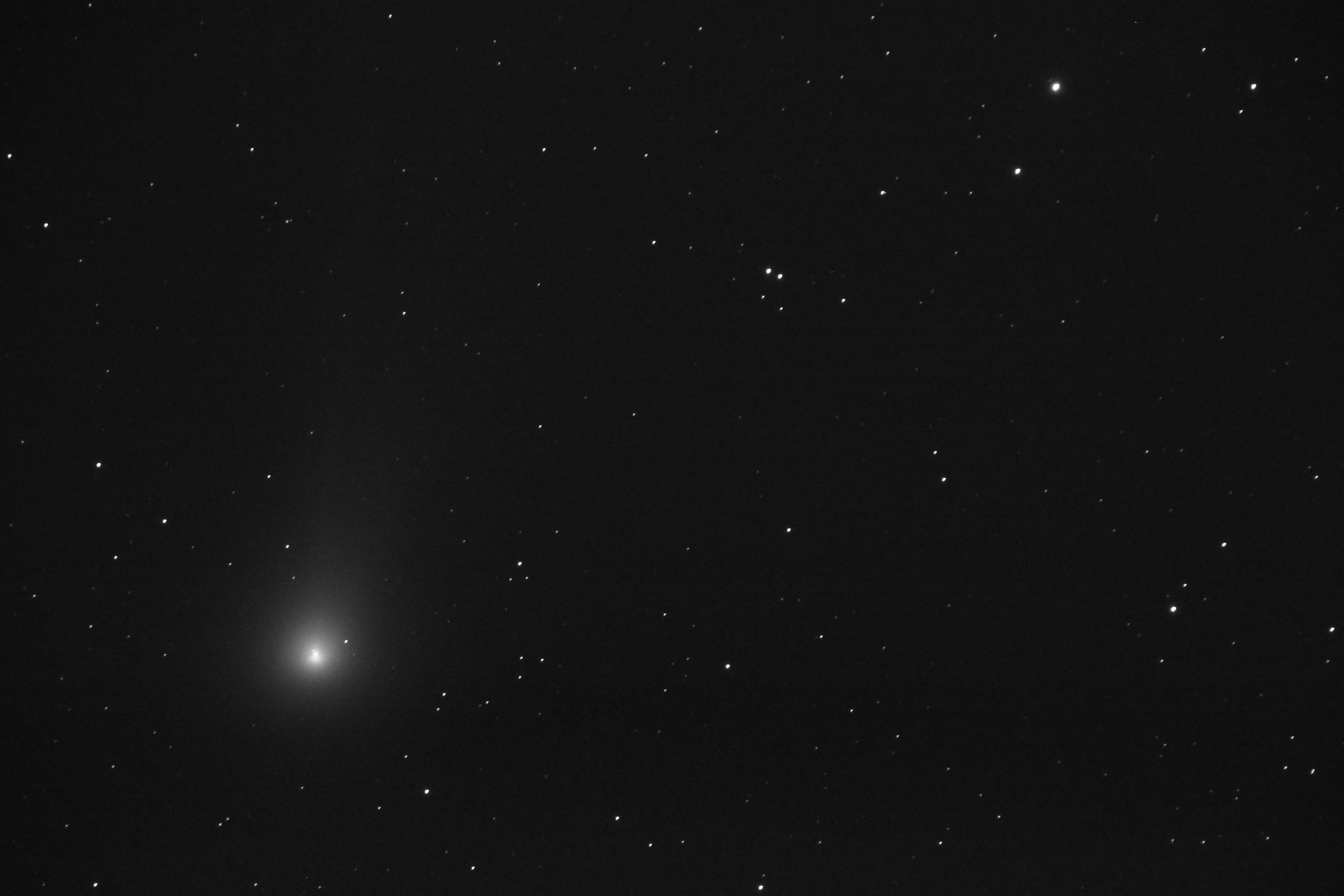
The morning sky is currently playing host to a newly seen comet, which is more noticeable than the potentially awe-inspiring Comet ISON. [Read the Full Story]
Strange 'Elephant Trunk' Space Clouds Surround Star Cluster (Video)
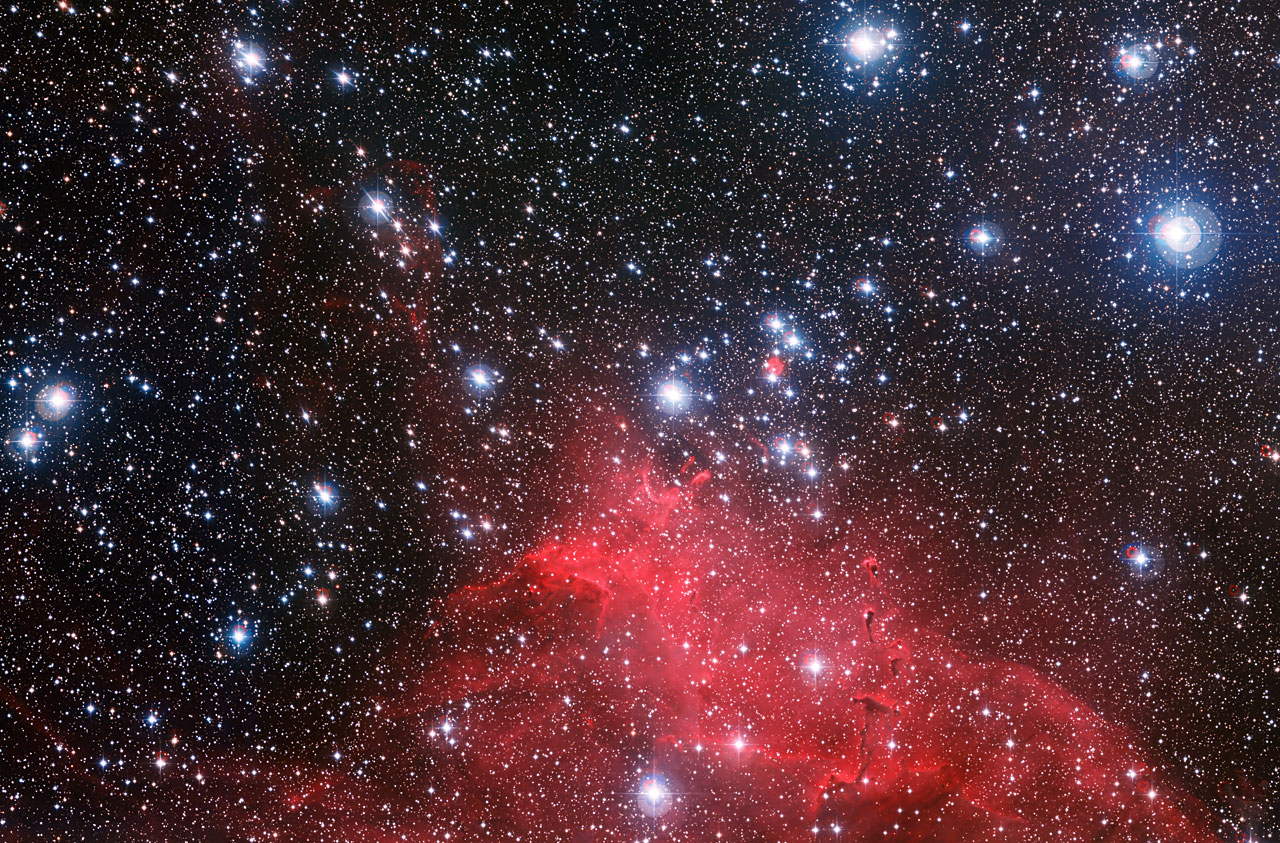
A telescope in Chile has captured the most detailed views ever of odd clouds of interstellar dust that are being sculpted into strange shapes by the stellar wind from nearby stars. [Read the Full Story]
Saturn, Earth Shine in Amazing New Photo by NASA Probe
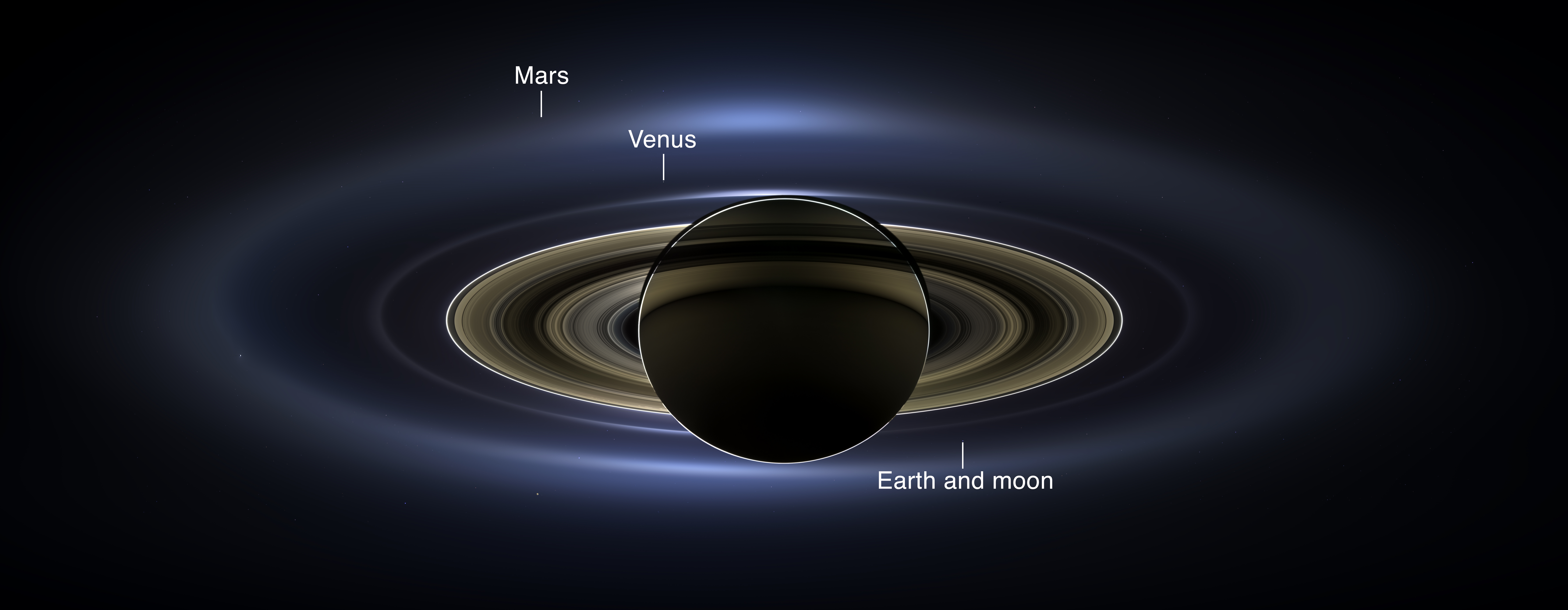
A NASA spacecraft has revealed an unprecedented view of Saturn from space, showing the entire gas giant backlit by the sun with several of its moons and all but one of its rings, as Earth, Venus and Mars all appear as pinpricks light in the background. [Read the Full Story]
Northern Lights Dance Over Sweden in Stunning Time-Lapse (Video)
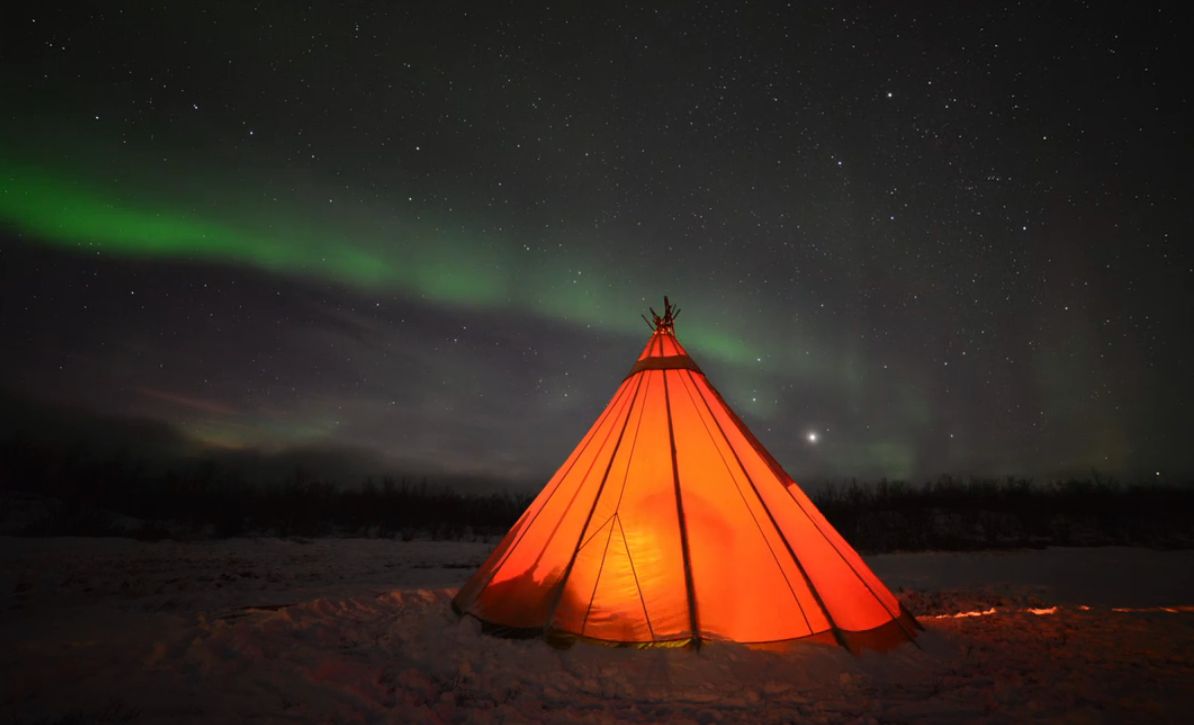
From the frigid northern edge of Sweden, videographer Chad Blakley has captured amazing footage this fall of the northern lights, which have been stimulated by a recent uptick in solar activity. [Read the Full Story]
The Brightest Stars

The Carina Nebula glows in the sky above Chajnantor Plateau, in the Chilean Andes. In the foreground, shadowy figures of antennas of the Atacama Large Millimeter/submillimeter Array (ALMA) stand. Carina Nebula lies about 7500 light-years from Earth in the constellation of Carina (The Keel). The cloud of glowing gas and dust represents the one of brightest nebulas in the sky. It contains several of the Milky Way’s brightest and most massive known stars, such as Eta Carinae. ESO Photo Ambassador Babak Tafreshi captured this panoramic view. [Read the Full Story]
The Clearest View
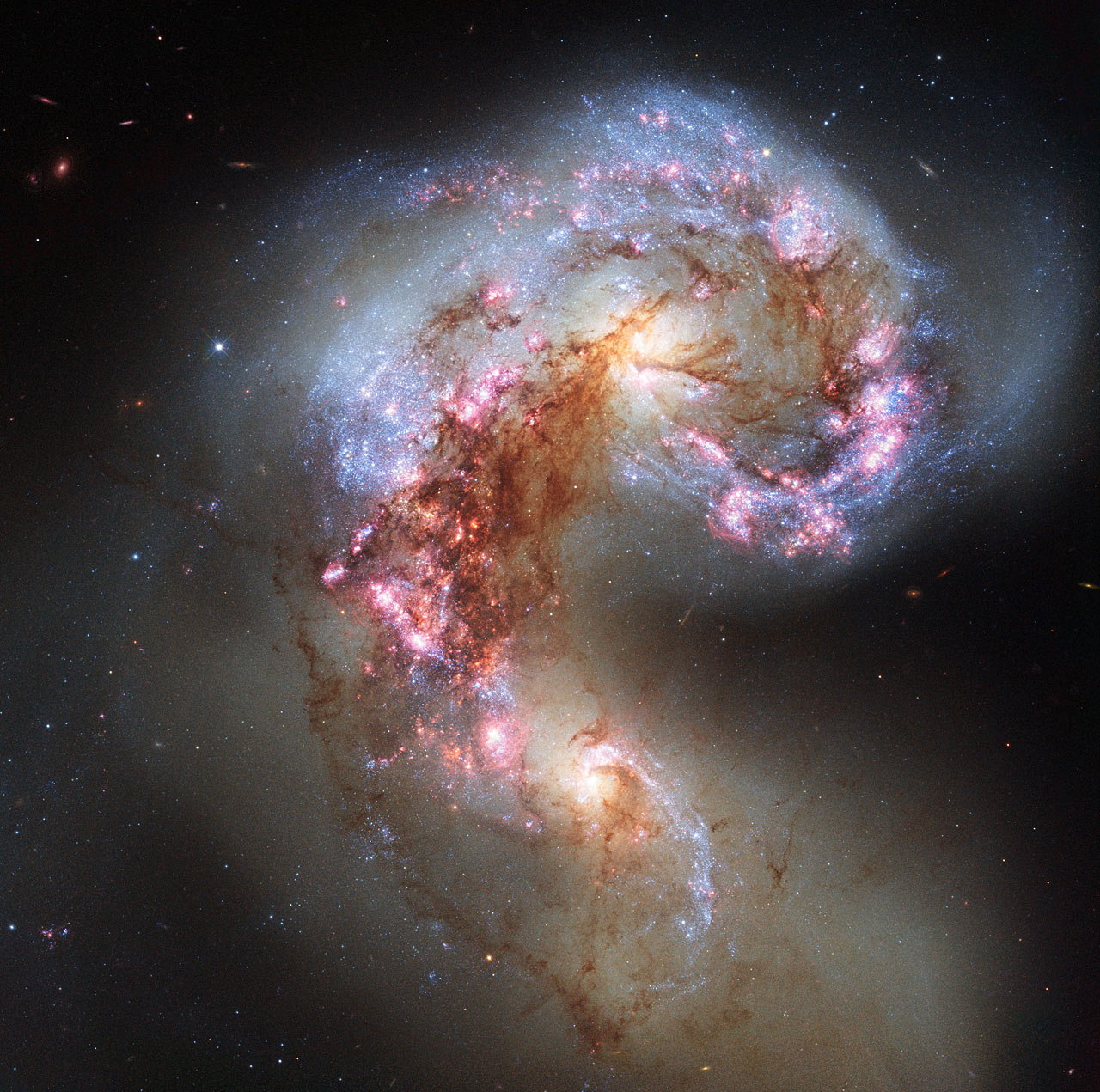
Hubble Space Telescope has produced the best image of the Antennae Galaxies, following its earlier photos from 1997 and 2006. Improvements made during the servicing missions allowed this achievement to occur. Two formerly spiral galaxies, NGC 4038 and NGC 4039, have torn at each other gravitationally for the past few hundred million years, pulling stars from each other into a streaming arc between them. Eventually they will form one large elliptical galaxy. The galaxies derive their names from features not visible in this image—far-flung stars and gas streamers stretching out into long antenna-like structures. [Read the Full Story]
Get the Space.com Newsletter
Breaking space news, the latest updates on rocket launches, skywatching events and more!
Arc in the Sky
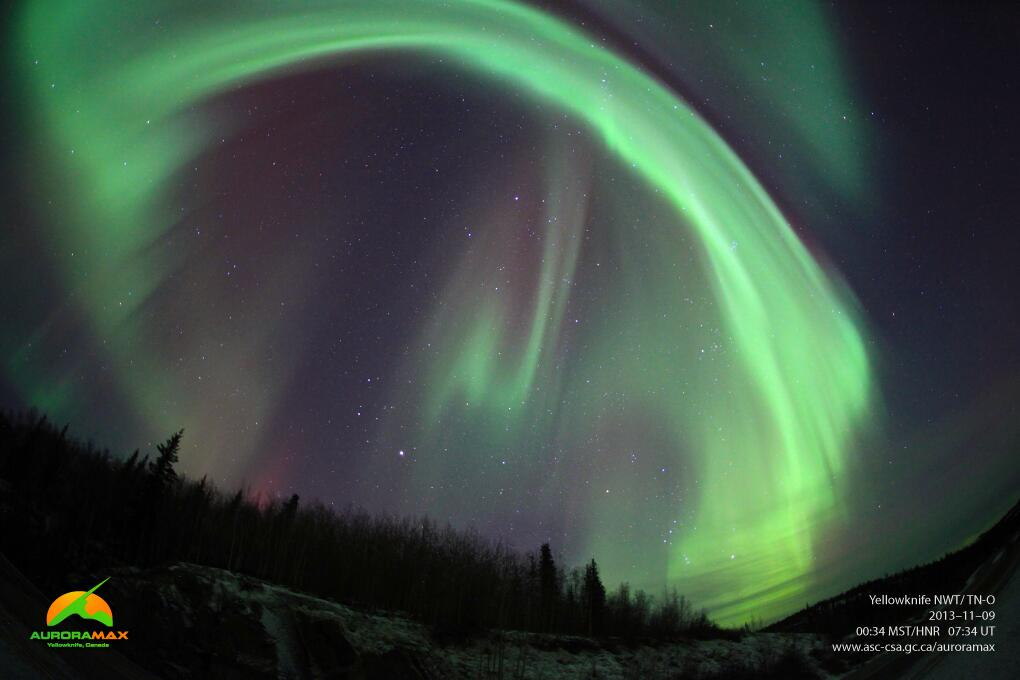
Canada's automated aurora camera tweeted this photo on Nov. 9, 2013. The tweet read: "Latest #photo of #aurora borealis above #Yellowknife, NWT taken at 00:34 MST on November 9, 2013. pic.twitter.com/JvTkRCZW4r" [Read the Full Story]
Join our Space Forums to keep talking space on the latest missions, night sky and more! And if you have a news tip, correction or comment, let us know at: community@space.com.

Space.com is the premier source of space exploration, innovation and astronomy news, chronicling (and celebrating) humanity's ongoing expansion across the final frontier. Originally founded in 1999, Space.com is, and always has been, the passion of writers and editors who are space fans and also trained journalists. Our current news team consists of Editor-in-Chief Tariq Malik; Editor Hanneke Weitering, Senior Space Writer Mike Wall; Senior Writer Meghan Bartels; Senior Writer Chelsea Gohd, Senior Writer Tereza Pultarova and Staff Writer Alexander Cox, focusing on e-commerce. Senior Producer Steve Spaleta oversees our space videos, with Diana Whitcroft as our Social Media Editor.









